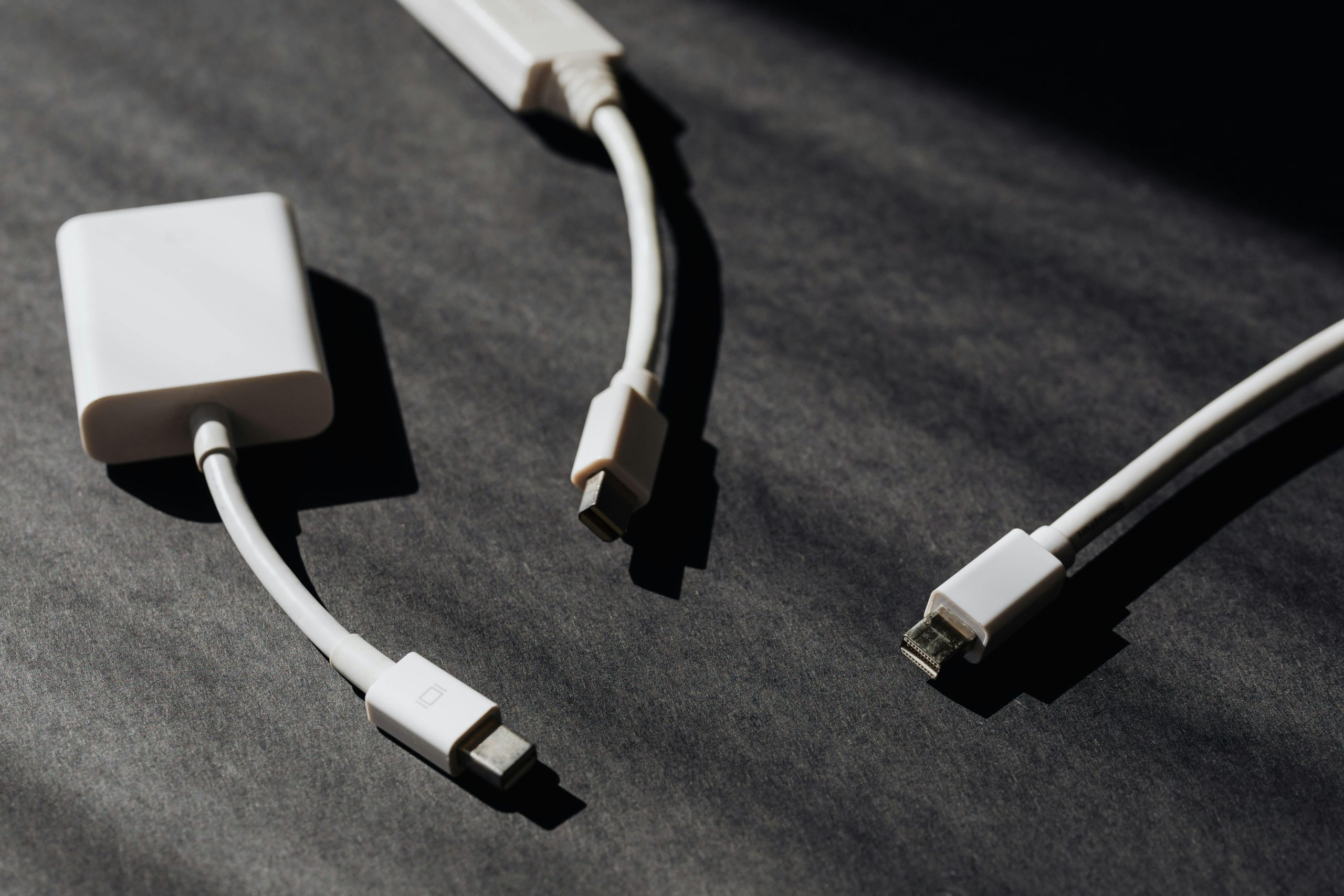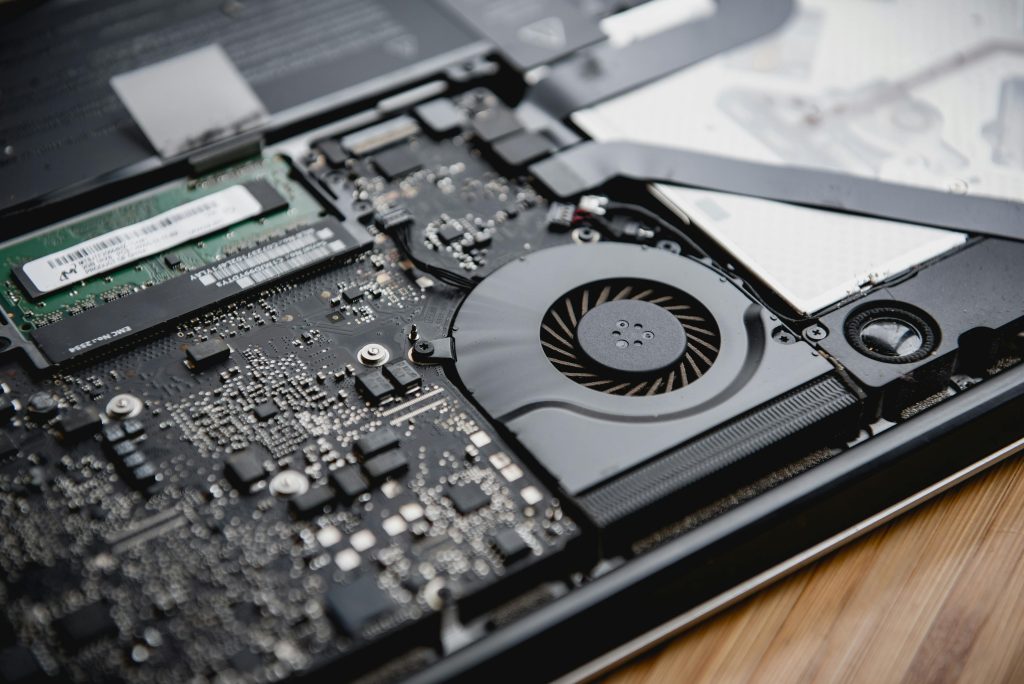Unlocking the Potential of Old Hard Drives: A Case Study in Data Preservation
In the ever-evolving landscape of digital storage, many of us possess older hard drives that still contain valuable data, yet face challenges accessing their contents due to outdated or missing accessories. This article explores such a situation with a vintage Western Digital 80GB IDE hard drive from 2007, emphasizing best practices for data retrieval and preservation.
Case Background
The drive in question is a Western Digital WD800JB, a 3.5-inch IDE hard disk manufactured in 2007, with a capacity of 80GB. Recently, it was rediscovered after years in storage, prompting an attempt to recover a critical file stored on it. The drive last functioned approximately five years ago, once providing reliable service. However, the original power supply used to power the drive has since been lost, complicating efforts to reconnect it to a computer.
Technical Considerations
Restoring access to older drives involves understanding both hardware and software aspects:
-
Power Supply Compatibility:
The drive requires a specific power adapter compatible with its original specifications. Using an incorrect power supply risks damaging the drive’s circuitry or causing data corruption. Therefore, sourcing a reliable and compatible power supply — preferably directly from the manufacturer or through reputable electronics suppliers — is essential. -
Data Interface and Connection:
Given the drive’s age, it likely uses the IDE (PATA) interface, which is less common today. Connecting such a drive may require an IDE-to-USB adapter or a computer with an IDE port. Testing the drive’s functionality with the correct interface is critical before proceeding. -
Drive Health and Data Integrity:
While the drive has not exhibited any known signs of failure, age-related issues such as bearing wear or logical file system corruption are possible. Since the drive uses the NTFS file system, traditional software tools can scan and recover data if the drive can be powered and recognized.
Recommended Approaches
Given the circumstances, here are best practices for attempting data recovery:
-
Secure a Proper Power Supply:
Identify and acquire the original or equivalent power adapter suited for this drive model. Reliable sources include vintage hardware suppliers, electronics stores, or online marketplaces specializing in legacy computer parts. -
Use Appropriate Connection Interfaces:
Employ an IDE to USB adapter if connecting to a modern PC. Ensure the adapter supports the drive’s specifications and provides the necessary power. -
Perform Initial Testing Carefully:
Before attempting
Share this content:



